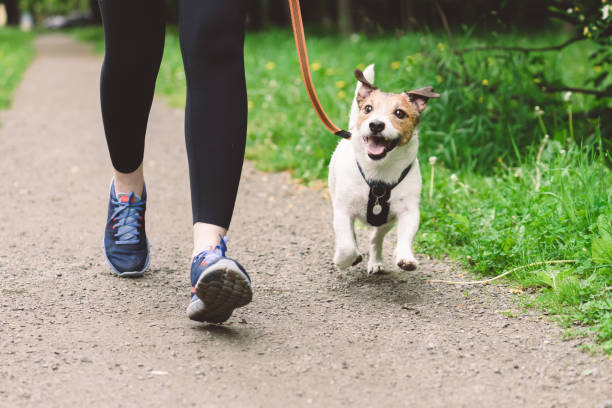The Vital Role of Dog Walking in Pet Care: Promoting Health and Happiness:
In the realm of pet care, few activities are as fundamental and beneficial as regular dog walking. Beyond the routine chore, it’s an essential component of maintaining your pet’s health, ensuring their happiness, and fostering a strong bond between you and your furry companion. In this article, we’ll delve into the significance of dog walking in pet care, exploring its implications for pet health, exercise, and overall well-being.
The Physical Benefits of Dog Walking:
Just like humans, dogs require regular exercise to stay healthy and fit. Dog walking serves as a cornerstone of their physical activity regimen, offering numerous benefits that contribute to their overall well-being. From improving cardiovascular health to strengthening muscles and joints, the act of walking provides essential physical stimulation that helps to maintain an optimal weight and ward off obesity-related health issues.
Regular walks also promote better digestion and relieve constipation in dogs, contributing to their digestive health. Additionally, the exposure to sunlight during walks aids in the production of Vitamin D, essential for maintaining healthy bones and preventing conditions like osteoporosis.
Mental Stimulation and Behavioral Wellness:
Beyond its physical benefits, dog walking is instrumental in providing mental stimulation for your furry friend. Dogs are naturally curious creatures, and the sights, sounds, and smells encountered during walks stimulate their senses, keeping their minds engaged and enriched.
A lack of mental stimulation can lead to boredom and behavioral issues such as excessive barking, chewing, or digging. Regular walks offer an outlet for your dog’s pent-up energy and curiosity, reducing the likelihood of destructive behaviors and promoting a calmer, more contented demeanor at home.
The Importance of Routine:
Consistency is key when it comes to dog walking. Establishing a regular walking schedule helps to reinforce your pet’s sense of routine and predictability, contributing to their overall sense of security and well-being. Dogs thrive on structure and consistency, and knowing when to expect their daily walks provides them with a sense of comfort and stability.
Furthermore, maintaining a consistent walking schedule enables you to monitor your pet’s health more effectively. Regular walks allow you to observe any changes in your dog’s gait, mobility, or behavior, serving as an early indicator of potential health issues that may require veterinary attention.
Tailoring Walks to Your Dog’s Needs:
While a daily walk is beneficial for most dogs, it’s essential to tailor the frequency and duration of walks to your pet’s individual needs. Factors such as breed, age, size, and health condition should all be taken into account when determining the appropriate exercise regimen for your furry friend.
Puppies, for instance, have boundless energy and may require multiple short walks throughout the day to burn off excess energy and promote proper socialization. Conversely, senior dogs or those with mobility issues may benefit from shorter, more leisurely walks that accommodate their pace and physical limitations.
Additionally, certain breeds have specific exercise requirements that should be considered when planning your dog’s walking routine. High-energy breeds such as Border Collies or Labrador Retrievers may need more frequent and vigorous exercise to prevent boredom and behavioral problems.
Making the Most of Your Walks:
While the physical act of walking is beneficial in itself, there are several ways to enhance the experience for both you and your dog. Incorporating interactive elements such as fetch or agility training into your walks not only provides additional physical and mental stimulation but also strengthens the bond between you and your pet.
Exploring new routes and environments during your walks introduces variety and excitement into your dog’s routine, preventing monotony and keeping them engaged. Whether it’s a leisurely stroll through the neighborhood, a hike in the woods, or a trip to the dog park, varying your walking routes keeps things interesting for your furry friend.
In conclusion, dog walking is much more than just a daily chore—it’s a cornerstone of responsible pet care that plays a vital role in promoting the health, happiness, and well-being of your furry companion. By providing regular exercise, mental stimulation, and a sense of routine, dog walking fosters a strong bond between you and your pet while ensuring they lead a fulfilling and enriching life. So lace up those walking shoes, grab your leash, and embark on a journey of health and happiness with your canine companion!
